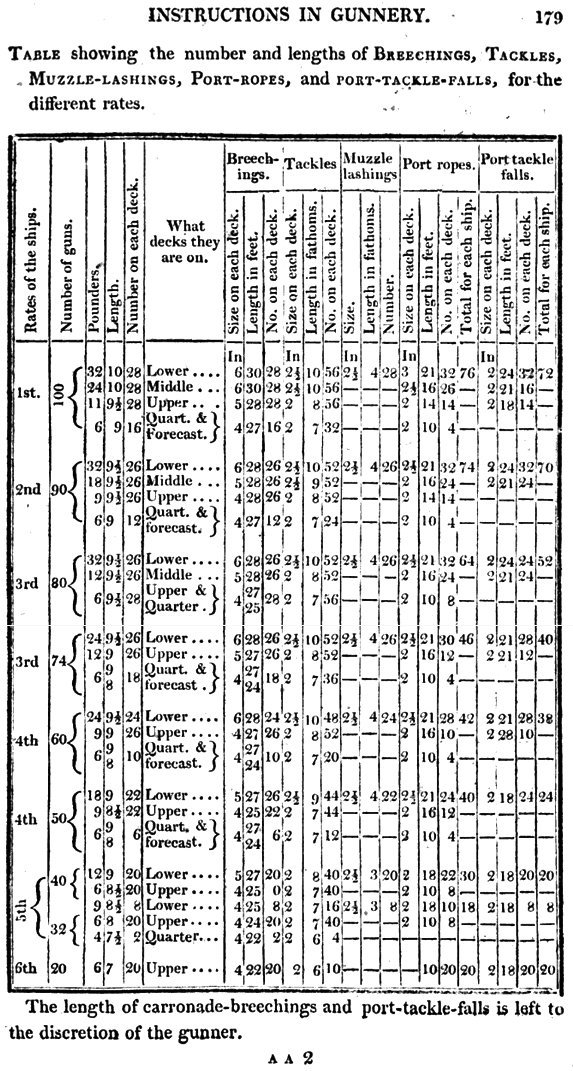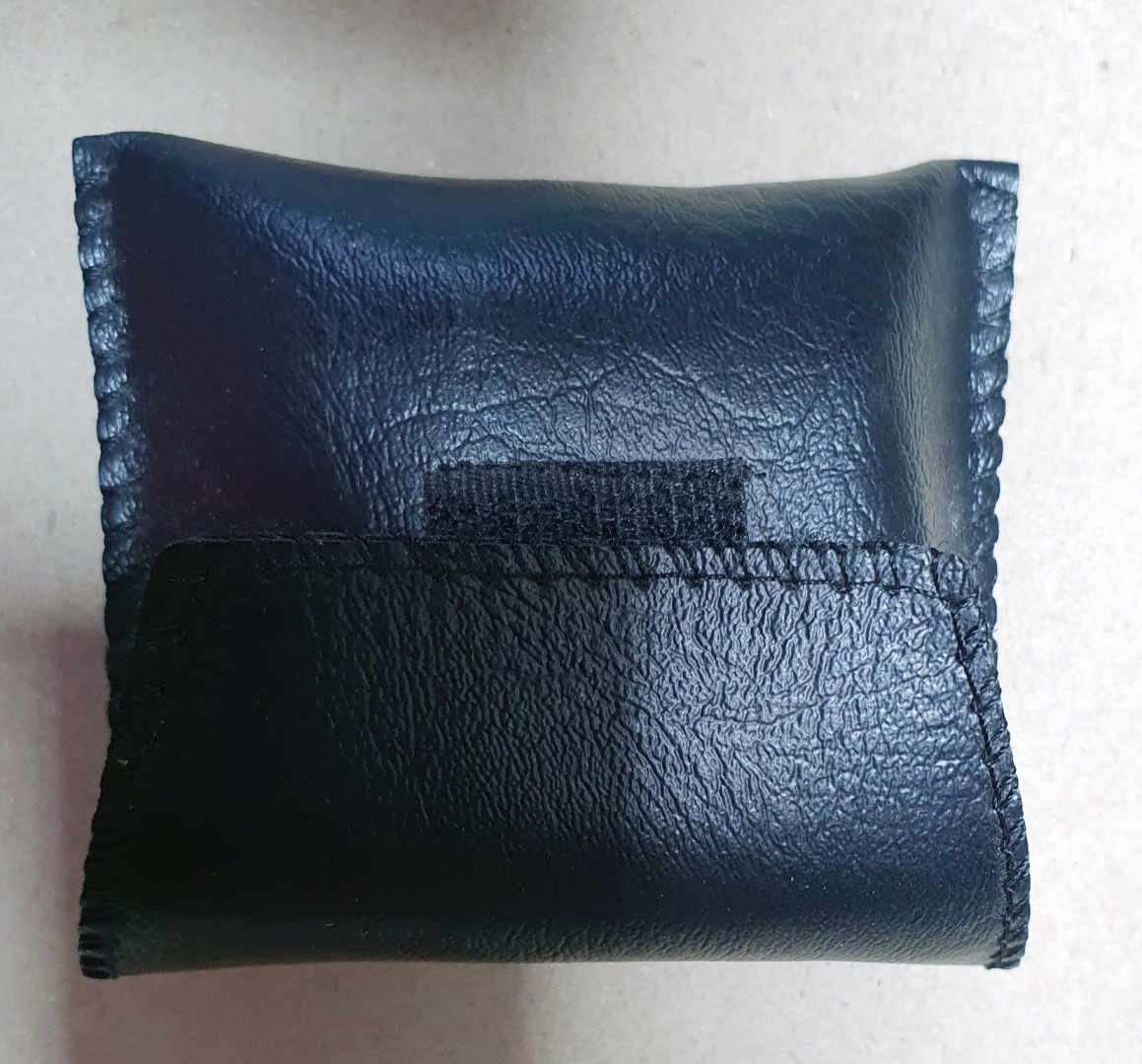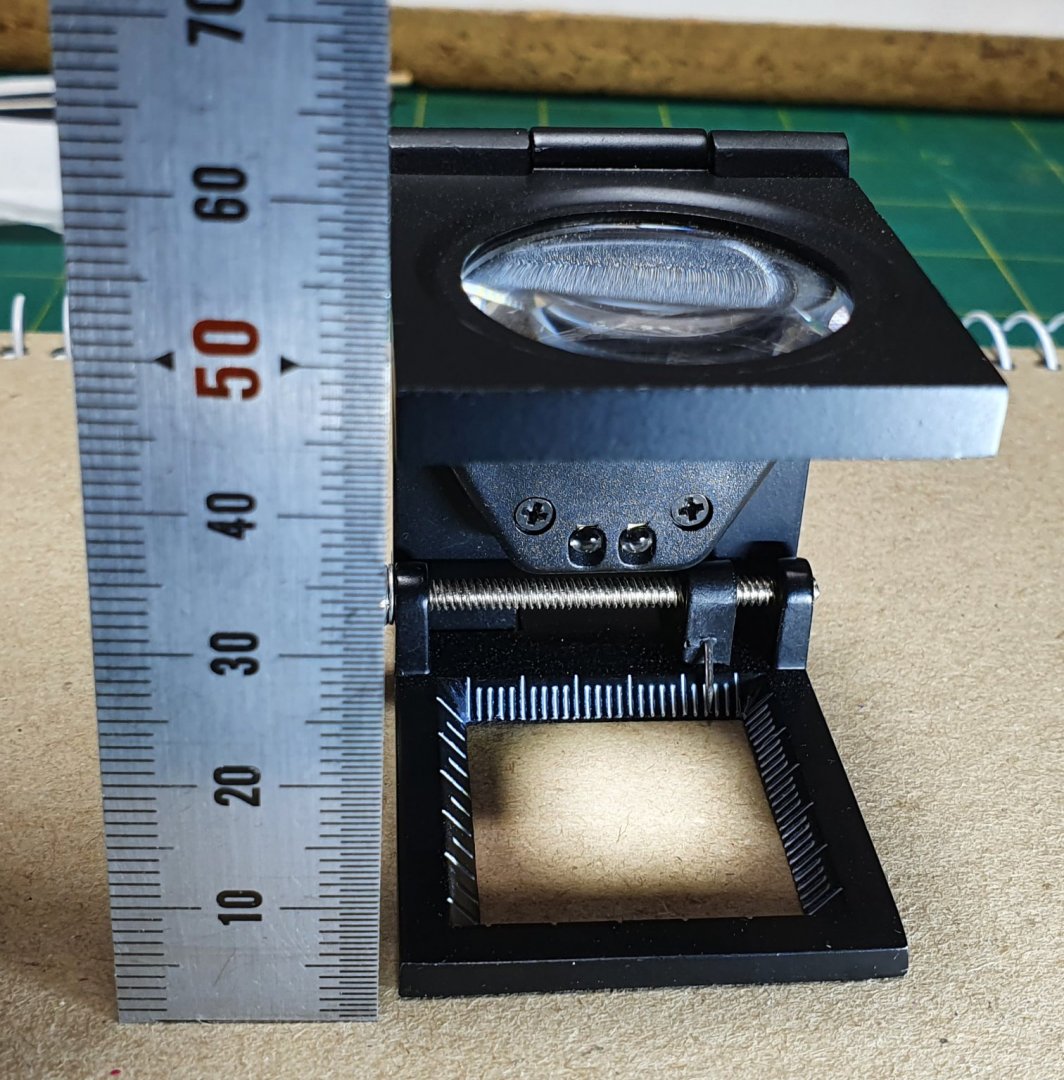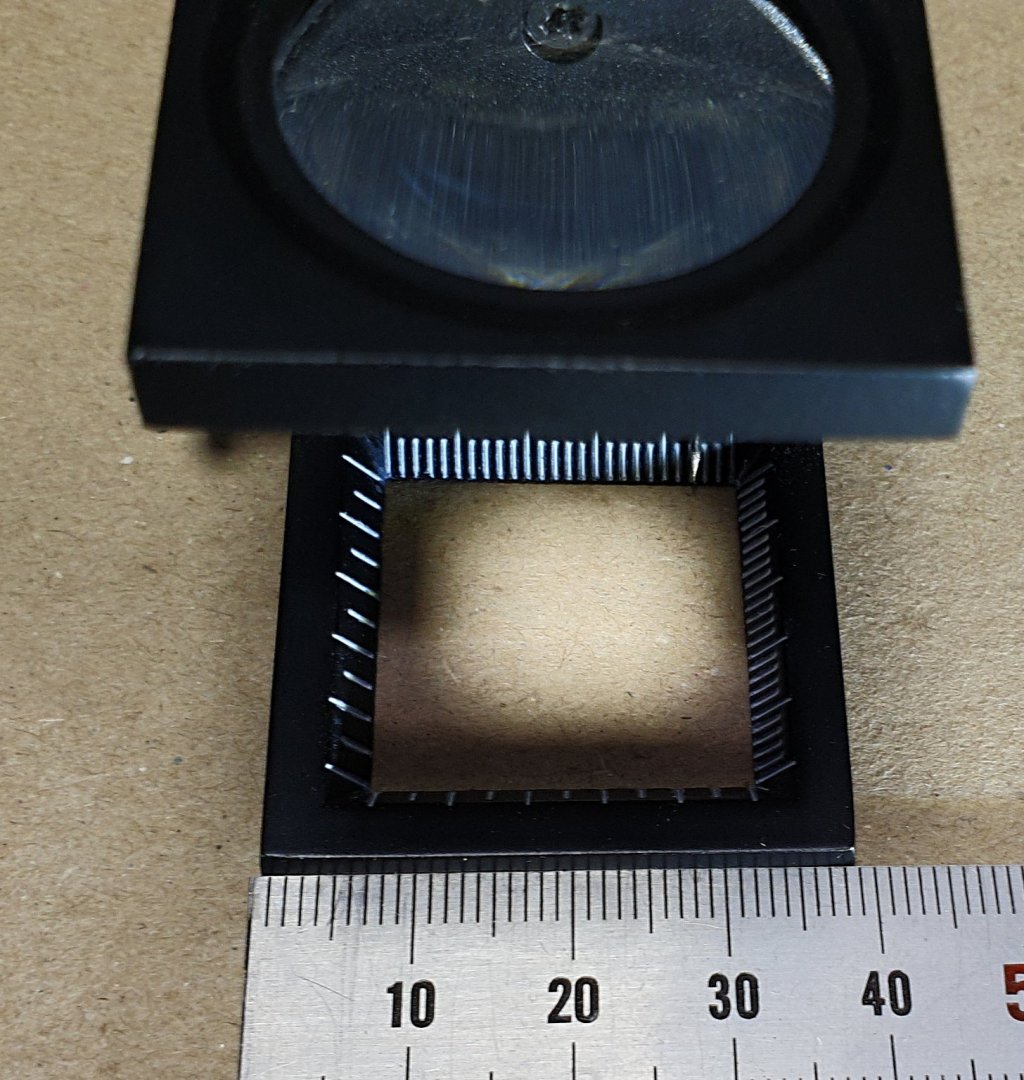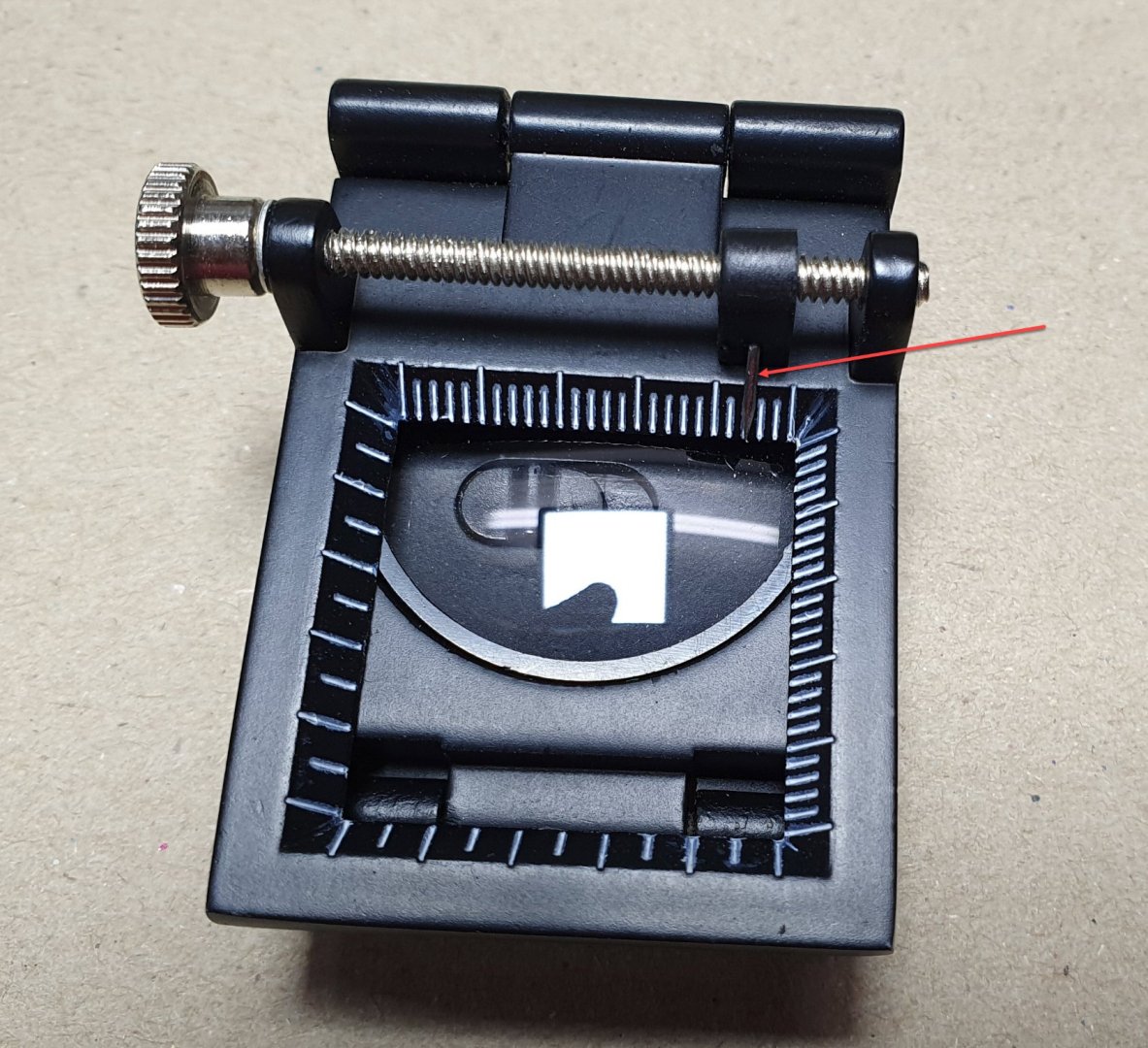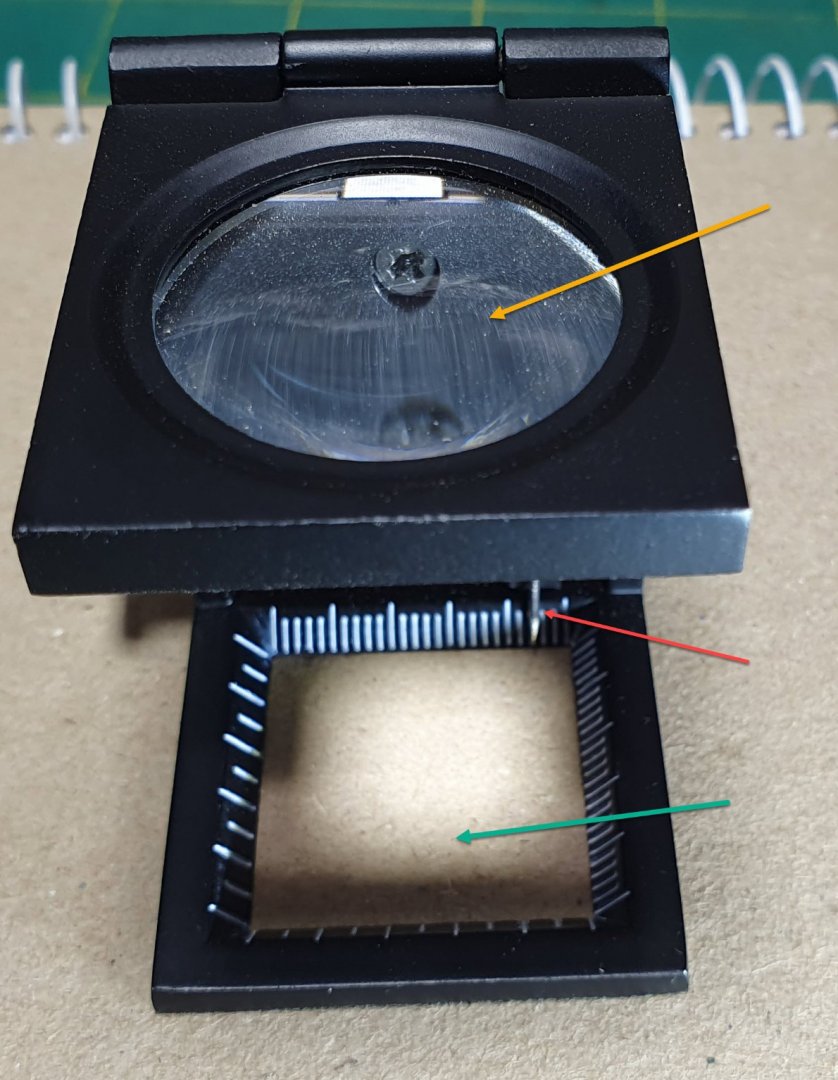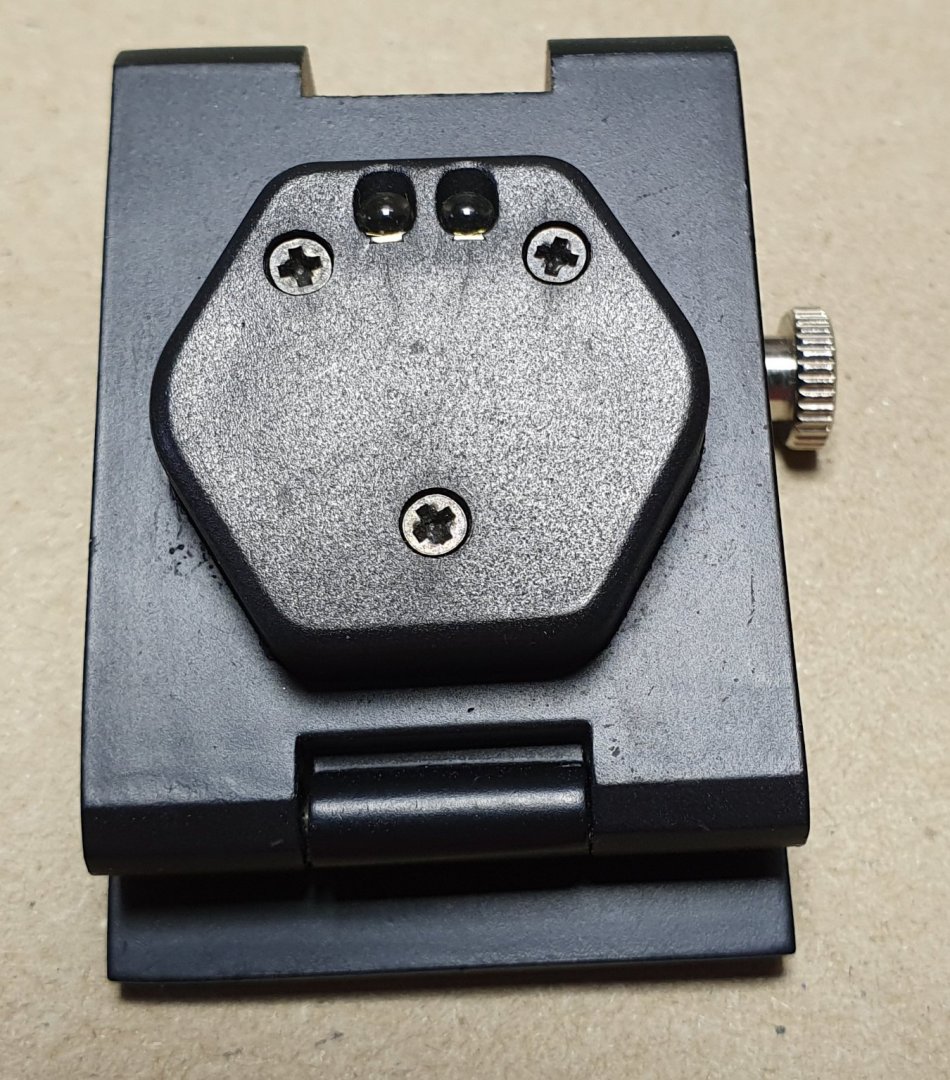-
Posts
5,937 -
Joined
-
Last visited
Content Type
Profiles
Forums
Gallery
Events
Everything posted by BANYAN
-
Daniel, I don't comment in your log much anymore as I have run out of superlatives for your stunning workmanship and model. Seeing these regular updates is very inspirational and shows the level of quality and detail that can be achieved in a model. Have a safe festive break. Pat
-
Sorry to hear of your tribulations Remco; especially in these times. Best of luck in finding new employment soon and that we see you back at the building table. cheers Pat
- 1,215 replies
-
- sloop
- kingfisher
-
(and 1 more)
Tagged with:
-
Imagina, you are quite correct (from an RAN perspective anyway) - Not only to keep the fuel loading down, but also you would be surprised how heavy that paint is. The RAN collected the paint taken off one ship while in refit and the collective weight was considerable. The particular photo Greg showed may be the result of a couple of things. Firstly, the poor paint adhesion definitely shows poor surface preparation by the crew when 'pretty coats' were being applied (probably after a long deployment and to look good coming into harbour/home port). The other may be the result of a long refit (docking period) where the hull (paint) has yet to be addressed. In a long refit, the ship can be decommissioned, or 'handed over' out of navy control to the the dockyard. The dockyard will not waste time in keeping the paintwork looking pretty especially if it is contracted to provide the ship back in a fully restored condition, and this may be one of the last things done (rather than ruining good paintwork with welding, scrapes etc incurred during the refit). cheers Pat
-
Keith, could the 'nuts' (with internal bars) also have been to allow easy removal/placement of the rails for maintenance/access to some of the mast/deck fittings? Very effective way of making those rails, another gem I will tuck away . This will be another 'gem' of a model. BTW, if you ever find a way to reduce that list created by your 'Admiral' let me know - I have to work on reducing mine also cheers Pat
-
That is some nice etching Eberhard, how did you achieve the nice rounded rivet heads (or is that just 'photographic' perspective/contrast at work). They certainly made up nicely soldered together and look very effective in-situ. cheers Pat
-
Always the way Keith, when Murphy is on leave, Sod's law takes over I think you may be reasonably safe having thought it through; even if not, with your skills you always find a way to 'fix' it. cheers Pat
-
That sea is developing very nicely Dan. cheers Pat
- 33 replies
-
- James B Colgate
- whaleback
-
(and 2 more)
Tagged with:
-
Geez you have huge thumbnails Greg Nice work, that must have involved some intricate folding (and maybe a little cursing?)? cheers Pat
-
Ditto Druxey, my challenges are completing the garboard and the planks on the round; once they are done the rest sort of fall into place (with a little gentle persuasion ) Looking good Steven! cheers Pat
- 740 replies
-
- Tudor
- restoration
-
(and 4 more)
Tagged with:
-
You are progressing very nicely Dick; your 'construction' looks good. If Basil Greenhill's book has depicted these accurately from archaeological evidence, rather than an interpretation, perhaps these upper timbers may have been cut from naturally occurring bent timbers rather than forcing them to shape? This would then allow for them to be bent in a single axis only. cheers Pat
- 186 replies
-
- keelless
- reverse clinker
- (and 4 more)
-
Nice jobs on those tracks Keith, I think your research has paid dividends for you. They look great, and if you hadn't pointed out the differences no one will have known. cheers Pat
-
Nice to see another unusual subject for a model underway Dan, I will follow with interest. cheers Pat
- 33 replies
-
- James B Colgate
- whaleback
-
(and 2 more)
Tagged with:
-
OK Keith, now you have done it - I am just going to crawl into the corner, sit there and drool. The detailing you are doing is top notch! cheers Pat
-
You're doing some great work there Steven, it's difficult to keep within your specified need to retain some of the old look-and-feel while restoring the model, but you are doing a fine jo of it. cheers Pat
- 740 replies
-
- Tudor
- restoration
-
(and 4 more)
Tagged with:
-
Hi again D. As promised here are the photos which may give you an idea what to look for. Unfortunately, there is no brand or even makers name on it at all. I got this from a mate who bought them in a deal (he buys end of line lots, seconds etc). The twin LEDs in this one don't work unfortunately, but I really don't need them. The magnifier (yellow arrow) is very clear, bright and about 4x so I get a great magnification (may be even better as I may be a little underestimating the zoom/mag factor) of the viewing area (green arrow). I think it is set up in the factory to the scale you want. Mine is for mm, but there are three other scales around the sides but I have not tried to change it. As you can see you twist the knob to wind the pointer/needle (red arrow) with the screw being a very fine thread so lots of control. The whole 'kaboodle' folds and is stored in a pouch to protect it. When I next see my mate I will ask if he has any more. cheers Pat
-
No problem, I also forgot to mention, I don't mind working from any part of the lines, as long as I remember to use the same point consistently. I'll try an dget that photo later today. cheers Pat
-
D, what I do is use the calipers or 'calibrated' ruler (one that has been checked and certified accurate to a 'poomteenth' - sorry for the techo jibber jabber) and mark the closest full centimiter on the plan, etc then I have this viewing/magnifying glass that has a little calibrated pointer and scale on the bottom that allows me to wind the needle/pointer to exactly where I need it. That gives me a very accurate measurement overall. I don't have an issue transfering this to wood etc with a good caliper (I use Mitutoyo -Japanese) calipers which are very accurate). I'll try an remember to take a photo and get more info on that viewer/magnifier for you. cheers Pat
-
You leave me grasping for the appropriate superlatives yet again Keith; that is some extraordinary detailing you have achieved. Don't worry about 'dotting' about when you show us this quality of craftsmanship. Impressed! Pat
-
You have a very nice collection of builds there Schrader, and this little beauty will just enhance it further. cheers Pat
- 158 replies
-
- byblos ship
- Egyptian
-
(and 1 more)
Tagged with:
About us
Modelshipworld - Advancing Ship Modeling through Research
SSL Secured
Your security is important for us so this Website is SSL-Secured
NRG Mailing Address
Nautical Research Guild
237 South Lincoln Street
Westmont IL, 60559-1917
Model Ship World ® and the MSW logo are Registered Trademarks, and belong to the Nautical Research Guild (United States Patent and Trademark Office: No. 6,929,264 & No. 6,929,274, registered Dec. 20, 2022)
Helpful Links
About the NRG
If you enjoy building ship models that are historically accurate as well as beautiful, then The Nautical Research Guild (NRG) is just right for you.
The Guild is a non-profit educational organization whose mission is to “Advance Ship Modeling Through Research”. We provide support to our members in their efforts to raise the quality of their model ships.
The Nautical Research Guild has published our world-renowned quarterly magazine, The Nautical Research Journal, since 1955. The pages of the Journal are full of articles by accomplished ship modelers who show you how they create those exquisite details on their models, and by maritime historians who show you the correct details to build. The Journal is available in both print and digital editions. Go to the NRG web site (www.thenrg.org) to download a complimentary digital copy of the Journal. The NRG also publishes plan sets, books and compilations of back issues of the Journal and the former Ships in Scale and Model Ship Builder magazines.





